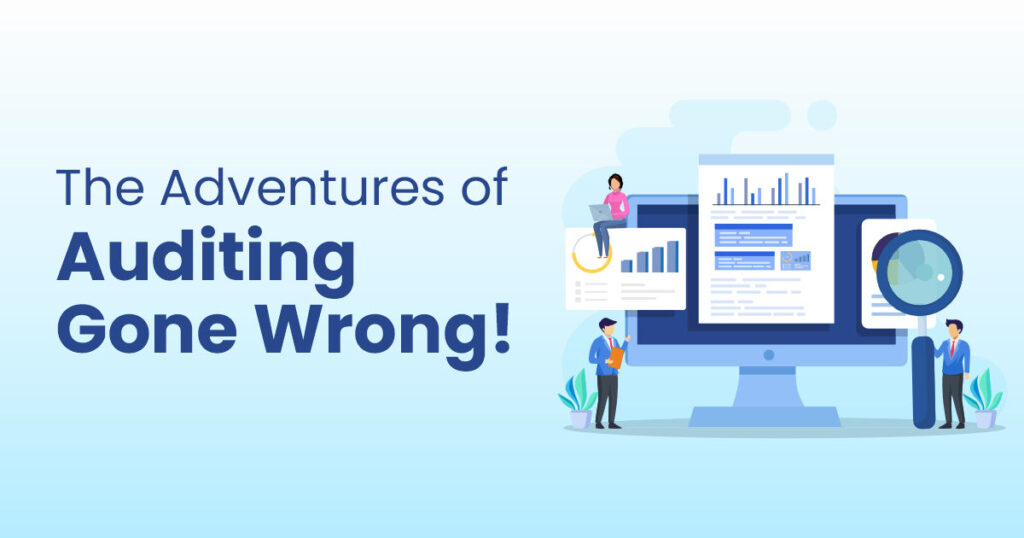Auditing is a serious business, but sometimes, even the most experienced auditors can fall into hilarious traps. Today, we will take a lighthearted look at the art of auditing by exploring how NOT to conduct an audit. Remember, this is purely entertainment, so please don’t take these tips seriously!
The Blindfolded Approach:
Who needs to see the financial statements anyway? Just put on a blindfold and start randomly ticking off items on the checklist. It’s like playing a game of Pin the Tail on the Donkey, but with numbers!
The Ostrich Technique:
If there’s a problem, bury your head in the sand and hope it goes away. Ignore any red flags or suspicious transactions. After all, ignorance is bliss, right?
The Procrastinator’s Paradise:
Why do today what you can put off until tomorrow? Keep postponing your audit tasks until the last minute. Nothing says “professionalism,” like rushing through an audit while chugging energy drinks and praying for divine intervention.
The Copy-Paste Extravaganza:
Why waste time understanding the client’s business when you can simply copy and paste last year’s audit findings? Who needs accuracy or relevance when you have the magical Ctrl+C and Ctrl+V keys?
The Fortune Teller Method:
Forget about sampling or substantive testing. Just gaze into a crystal ball and make wild guesses about the financial statements. Accuracy is overrated, and clairvoyance is the new trend in auditing!
While we’ve had a good laugh exploring how NOT to audit the financial statements, it’s important to remember that auditing is a vital process that requires professionalism, diligence, and expertise. So, let’s leave the funny business aside and strive to uphold the highest auditing standards. And remember, laughter is good for the soul, but it should never compromise the integrity of our work as auditors.
Keep smiling and auditing responsibly!
Disclaimer: The tips mentioned above are purely fictional and should not be followed in any professional auditing context.


